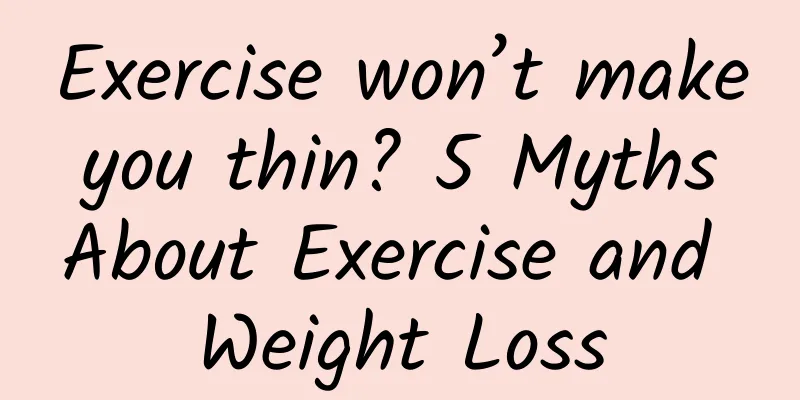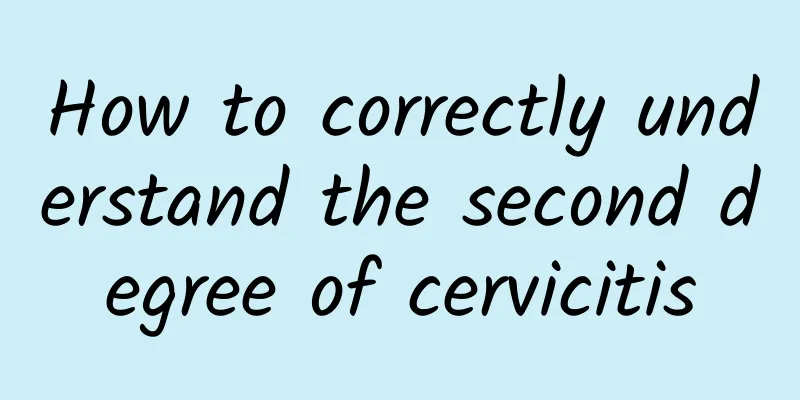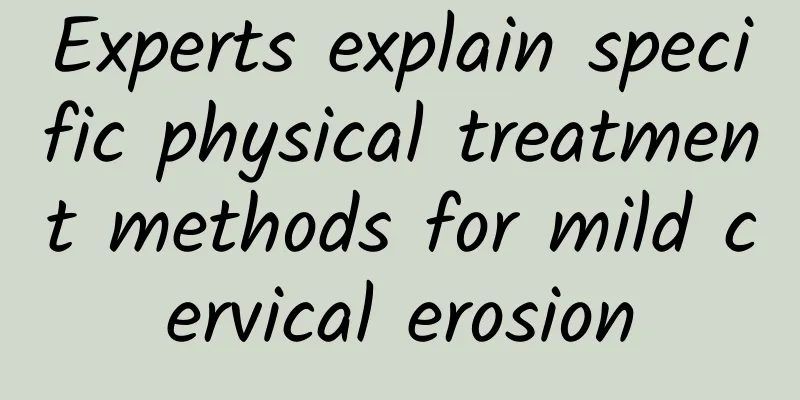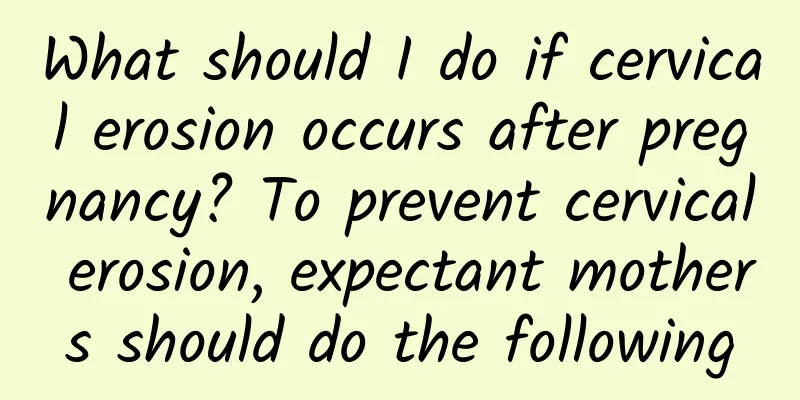Exercise won’t make you thin? 5 Myths About Exercise and Weight Loss

|
Many people may have had this experience: they start exercising to lose weight, sweat profusely and feel tired until their backs and waists ache, but after a while they see no results, or even gain weight instead of losing it, so they become frustrated and cannot continue. Some people say that exercise may not necessarily help you lose weight. This is often because the method is wrong or the concept is wrong. However, if you want to lose weight efficiently and healthily, the correct way of exercising can indeed help you achieve twice the result with half the effort. Dr. Yang Zhiyao said that as long as you are willing to do so, you can easily lose weight by setting aside three 10-minute periods a day to exercise. 1. How long is enough exercise time? The most commonly heard exercise principle is "3.3.3", which means 3 times a week, at least 30 minutes each time, with a heart rate of 130 beats per minute. But the problem is, not everyone can meet the time requirement of at least 30 minutes, especially obese people, who may be out of breath after 10 minutes and cannot last for 30 minutes at all. Fortunately, new research points out that exercise can be divided into stages, that is, 30 minutes of exercise a day can be completed in three times, which can also achieve good results. The reason is the "post-exercise thermal effect". Simply put, the increase in metabolic rate after exercise will last for a period of time. When exercising in batches, the cumulative number of metabolic increases will be greater than a single exercise, so the effect is no less than a single long-term exercise! So, don’t say you don’t have time to exercise. As long as you are willing, you can easily lose weight by setting aside three 10-minute sessions a day to exercise. 2. How to choose the time and place? The research report pointed out that people who exercise at night have the best and most sustainable effects. The reason is that the human body is most flexible and sensitive between 6 and 9 p.m., and muscle strength and cardiopulmonary function are also in better condition. Therefore, exercising at night is more effective than at other times, and it also fits in with the time after most people get off work. As for the choice of exercise location, taking the simplest brisk walking, jogging or cycling as an example, you can burn 5% more calories outdoors than on a treadmill or indoor stationary bike. The reason is that outdoor sports will encounter greater resistance, such as rugged roads, natural headwinds, and the changing rhythm of uphill and downhill. The body needs to consume more calories to adjust and adapt, so the effect will be better than indoors. 3. Aerobic or anaerobic? Generally, milder exercises are considered aerobic exercises, such as walking, jogging, swimming, dancing, cycling, etc. Because the intensity of exercise is low and the energy required instantly is low, oxygen is supplied to the body in time, keeping the cells in an aerobic state. Anaerobic exercise, on the other hand, is more explosive, like sprinting and weightlifting, which stimulates muscle cells and increases the mass and strength of muscle tissue. Therefore, if you want to burn fat, the most important thing is to rely on aerobic exercise. If you combine it with anaerobic exercise, you can strengthen the amount and strength of your muscles. Overall, it will help improve your metabolism. 4. Can’t eat after exercise? Many people are afraid to eat because of the myth that "absorption is better after exercise". However, studies have shown that the calories consumed after exercise are less likely to be stored as fat, but instead are used to repair muscle tissue lost during exercise. Therefore, eating the right foods and portions after exercise can actually help with weight loss efficiency. Not eating after exercise may cause muscles to break down myosin to make up for the lack of energy, which will reduce the proportion of muscle and is not conducive to improving metabolism. The ideal time to eat is generally recommended to be within 1 hour after exercise. 5. What should I eat after exercise? Many people eat and drink a lot after exercise, and as a result, the calories they consume are far greater than the calories consumed during exercise, causing their weight to increase instead of decrease. This is also the main reason for the failure of weight loss through exercise. The ideal post-exercise diet choice, according to research, is a carbohydrate to protein ratio of 4:1 or 3:1. This ratio has a better effect on muscle recovery, and the total calorie intake is recommended to be controlled at around 300 calories. |
>>: Get rid of the big belly after giving birth and lose 12 kg by breastfeeding
Recommend
What tests should be done for irregular menstruation
What kind of examinations are needed for irregula...
Your menstrual cycle is different every time
Your menstrual cycle is different every time The ...
Traditional Chinese medicine treatment for bleeding after abortion
Xiao Zhu got married shortly after graduating fro...
Is it better for women to take abortion pills or have an abortion? Women should consider these three points when choosing between medical abortion and surgical abortion.
In the case of an unexpected pregnancy, women wil...
How do you know if pelvic effusion is serious?
Whether the pelvic effusion is serious needs to b...
Going viral on the internet: Can "slimming pens" and "weight loss pens" help you drop your weight dramatically? Doctors crack
Recently, a weight loss treatment method called &...
Being a vegetarian means eating vegetables? Eat vegetarian food without getting fat, stay away from two major landmines
There are many benefits to being a vegetarian. Ma...
Make good use of sugar substitutes to help lose weight. Save 100 calories a day and enjoy slimmer skin.
Many people try their best to lose weight, but to...
Unclean sexual life and excessive cleaning are the main causes of second-degree cervical erosion
Cervical erosion is a disease that female friends...
Adenomyosis surgery cost
Relatively speaking, laparoscopic surgery is slig...
careful! Fat people's brains age 40% faster without them realizing it
Obesity can easily lead to metabolic syndrome, an...
Is the infection rate high after Bartholinitis surgery?
Bartholinitis is not commonly heard of among fema...
Why does ovarian cyst cause abdominal distension?
Abdominal distension caused by ovarian cysts may ...
High BMI in adolescence may increase heart disease mortality in adulthood
Adolescents are in the growth phase and their app...
Please pay attention to the causes of pelvic inflammatory disease
Pelvic inflammatory disease is a very common gyne...









